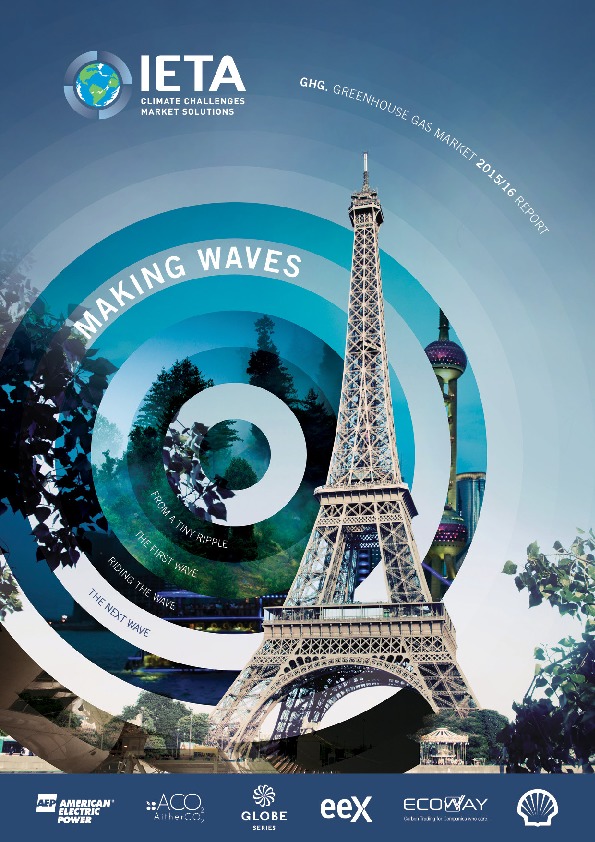IETA Greenhouse Gas Market 2015 Report: I4CE’s contribution on Aligning decarbonisation with competitiveness imperatives”
I4CE- Institute for Climate Economics is pleased to contribute to the 12th Edition of the IETA Greenhouse Gas Market Report, entitled Making Waves with an article on “Aligning decarbonisation with competitiveness imperatives”.
Defining an appropriate free allocation mechanism for industry still remains a tricky equation for governments. As the EU ETS, the oldest operating emission trading scheme, begins to review its legislation for the post 2020 period, it is an opportune time to improve existing design features for maximum effectiveness.
The article is available to dowload here
The Executive Summary is available to download here
